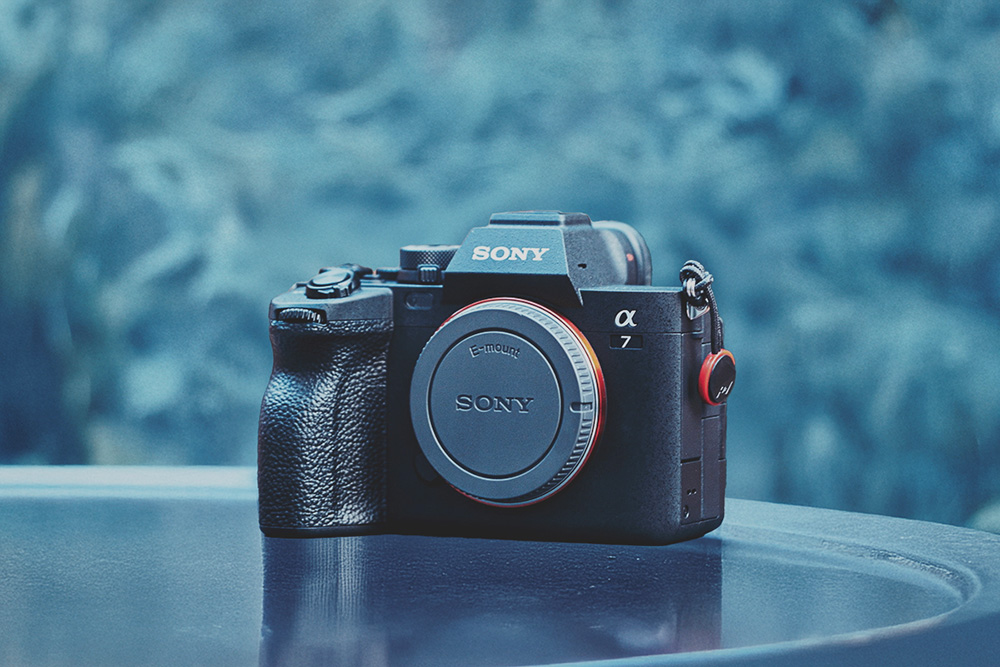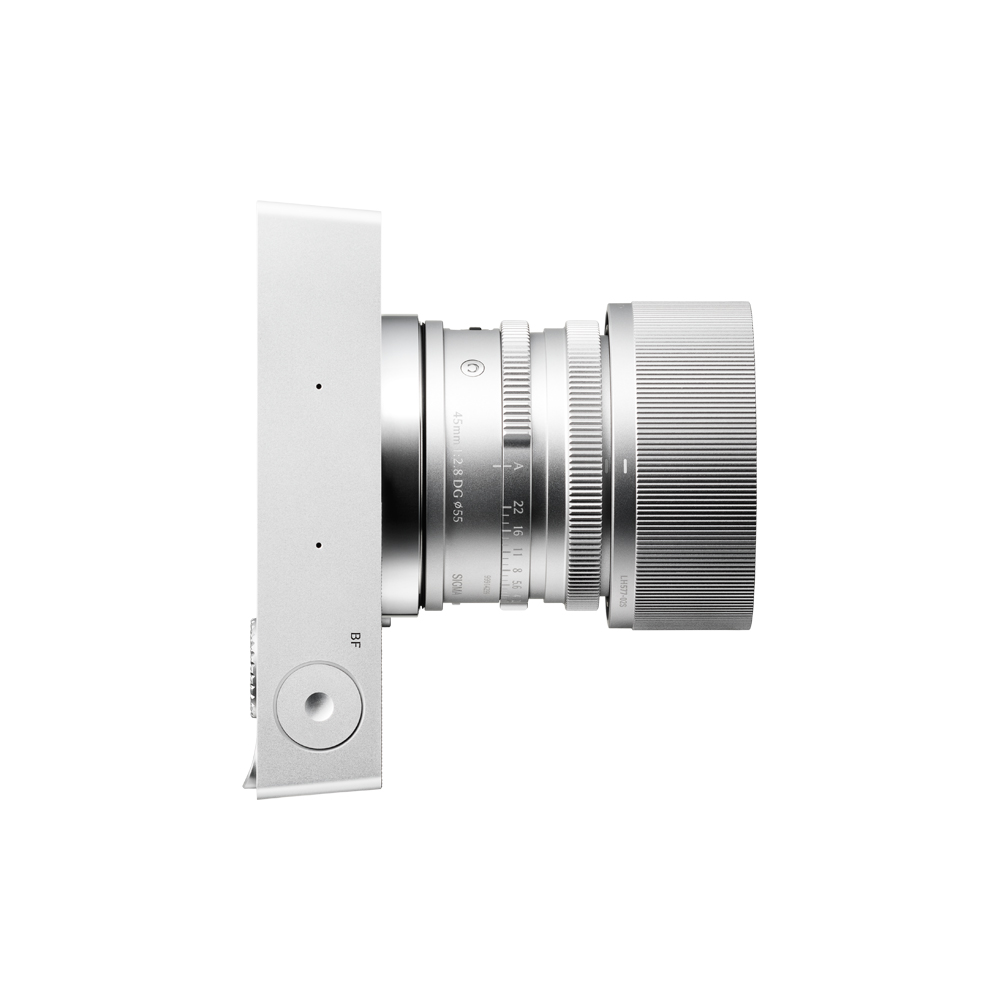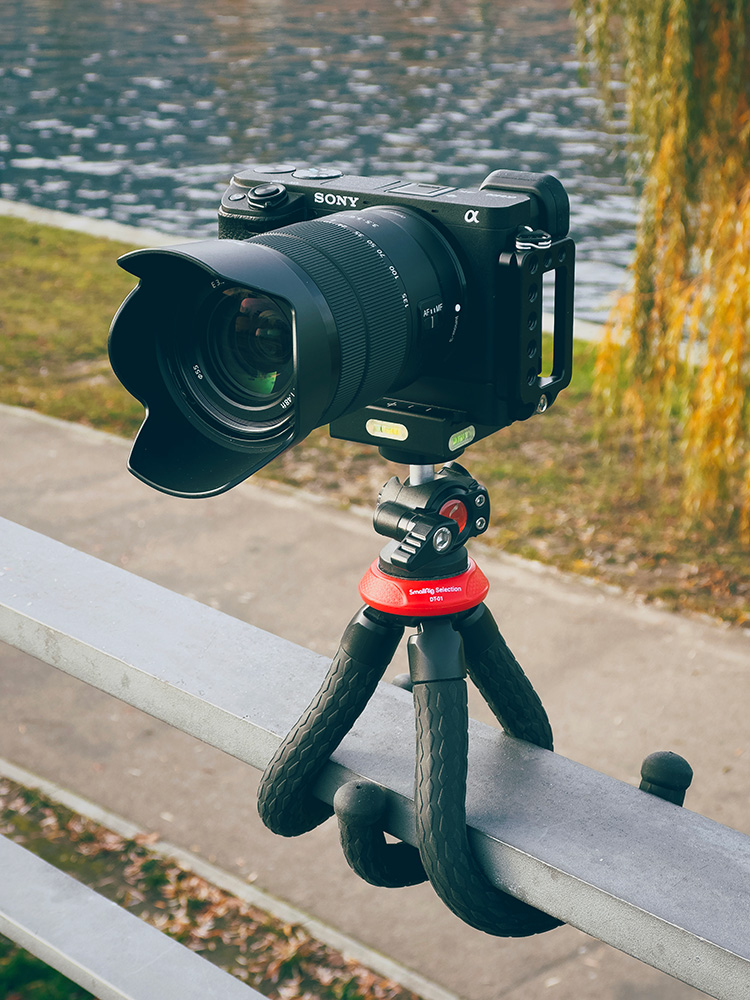–
“Research is creating new knowledge” – Neil Armstrong
Many people buy cameras and lenses without doing any research. This can cause different problems, such as buying the wrong lenses, spending way more than necessary, or even buying the wrong camera!
If you want to get into photography, you need to dig a little deeper, find information online, or take advice from photographers who use those cameras and select the right one for you.
1. Ergonomics – How It Feels Holding a New Camera
All cameras have different bodies, grips, buttons, and settings. For example, a Fujifilm mirrorless camera has traditional buttons like an SLR film camera on top, so it feels like you’re holding an 80s camera with today’s technology.
Most common cameras, like Sony, Canon, Nikon, etc., have a different philosophy, and you can change the settings mostly via the menu. Which one would you choose?
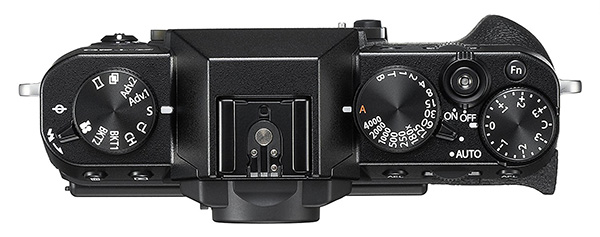
It’s hard when you haven’t held the camera in your hands. I went to a camera shop once and saw the Fujifilm XE-4. I thought it was a really cool entry-level mirrorless camera but the size was so small for me. I felt like I was holding a point-and-shoot camera!
So, my point is, if you want to buy a new camera, head over to the nearest camera store to hold the camera, press the dials and buttons, and see how it feels in your hands. That feeling will ignite your desire to buy the camera and start documenting your world!
2. Photography Genre – Understand what Lenses you Need
When I bought my first mirrorless camera, I didn’t know about lenses, so I chose to buy the camera with the kit lens that came in a bundle. Then, I watched a YouTube video about the “Top benefits of the kit lens,” while every other article or video didn’t praise it that much!

If you’re a beginner, you will need to buy a camera with a kit lens. Here are two significant benefits:
- A new camera with a kit lens is a perfect bundle. If the body alone costs $900, the kit lens will cost about $1000 (depending on the brand and the variety of kit lenses). The kit lens costs $250 to $600, double the bundle’s price.
- The kit lens is a great way to get started in photography and learn how to use it properly. It will help you understand the depth of field, the depth using the zoom, and how the variable aperture works while zooming in and out. Most importantly, it will make you think and be creative!
The kit lens (15-45mm, 16-50mm, or 18-55mm) teaches you many things about photography! At 16mm, the kit lens is useful for wide-angle shots (mostly landscapes, streets, or architecture), and when zoomed in at 50mm, it becomes a portrait lens and creates a more blurry background!
I’ve heard and read terrible reviews on kit lenses, but you must learn not to listen to everyone. The people who tend to write bad reviews don’t usually have the patience and ability to learn and adapt.
The following image is taken with the Sony a6000 mirrorless camera and the 16-50mm kit lens. Do you notice the details?

Settings: 30mm | ISO 100 | f/7.1 | 1/125 sec
When you master the kit lens and push it to its limits, you will know what lens you need next. I still use my kit lens because it’s light for travel photography, and I know how to take great photos with it based on my experience!
3. Community – Find photographers using the same Camera Brand
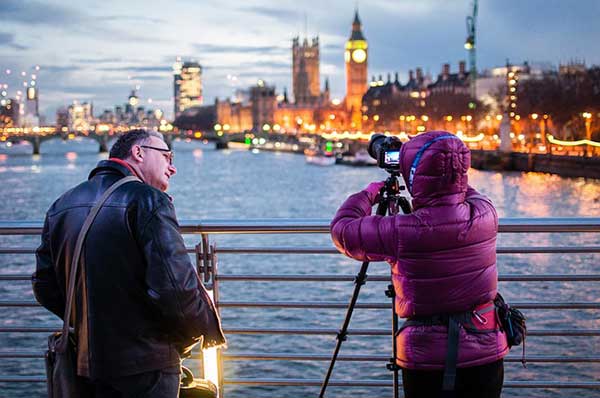
Community is everything! I was blessed to have friends and meet photographers who shoot the same brand as I do. When this happens, you can share your knowledge and experience, increase your skills, know your camera better, and exchange lenses without purchasing or renting them.
It is difficult to find such people initially, especially if you don’t live in a large city. However, searching Google or Facebook for websites or groups near your town may find fellows who own the same brand.
4. Mirrorless – The Future is in the New Technology
Buy a camera based on the technology it offers. I suggest starting your photography journey with a mirrorless camera for the following reasons:
- The future is mirrorless (New technology, sensors, lenses, etc.)
- All camera brands are transitioning their systems to mirrorless
- Body Image Stabilization (Pro-level cameras have 5 Axis Image Stabilization for better handheld shots)
- EVF (Electronic View Finder – What you see is what you capture)
- Super-Fast AF (Auto Focus – Track any object fast and accurately)
- Eye AF (Eye Auto Focus – For incredibly sharp portrait shots)
- Focus Peaking (Manually focus on your subject with great accuracy)
- Enormous FPS (Capture action photos up to 30 frames per second)
- Video Quality (Record 4K video at 60p with 10Bit internal log)
- Fast SD and XQD Memory Cards (Transfer your files faster)
- Lightweight (Ideal for travel photography and hikes)
New entry-level DSLR cameras cost around $400-USD 550. Entry-level mirrorless camera prices start around $700-USD 800. You can get cheaper mirrorless systems, but I wouldn’t suggest them just because you don’t have too many options on lenses and gear, and their sensors are smaller than APS-C or Full frame.
Mirrorless brands I recommend:
- Fujifilm
- Sony
- Canon
- Nikon
5. Storage – Where do I save and edit my photos and videos?
Depending on the camera you buy, you must support it with the proper hardware and software. New cameras save their photos mostly in JPG or RAW files.
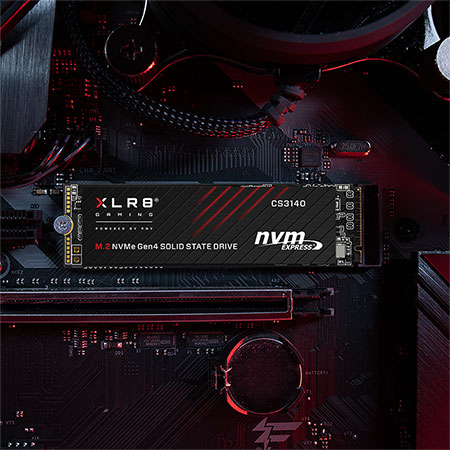
- Because JPG files capture a lot of data and details, they can be an average of 10 MB, and RAW files around 25 MB. If you start taking many photos, you will need the proper storage to keep the files safe and accessible.
- Recording 4K video will also take a lot of space. In this case, you will need at least a 1TB external USB drive or a cloud service.
- For editing, I would suggest buying Luminar Neo, which offers new features with AI implementation.
- For Hardware, I suggest having at least an i5 Intel 12th-generation processor with 16GB of RAM, 1TB of storage space, and a fast M.2 SSD for editing.
Summary
Buying your first camera has to be an awesome experience, but remember to follow the steps I mentioned so you can make the right choice. Don’t rush! Be patient, learn about prices and new deals, and know what you’re buying. I’d also like to hear your thoughts.
What are you struggling with, or what would you like to know before buying a new camera? Let me know in the comments section below.

